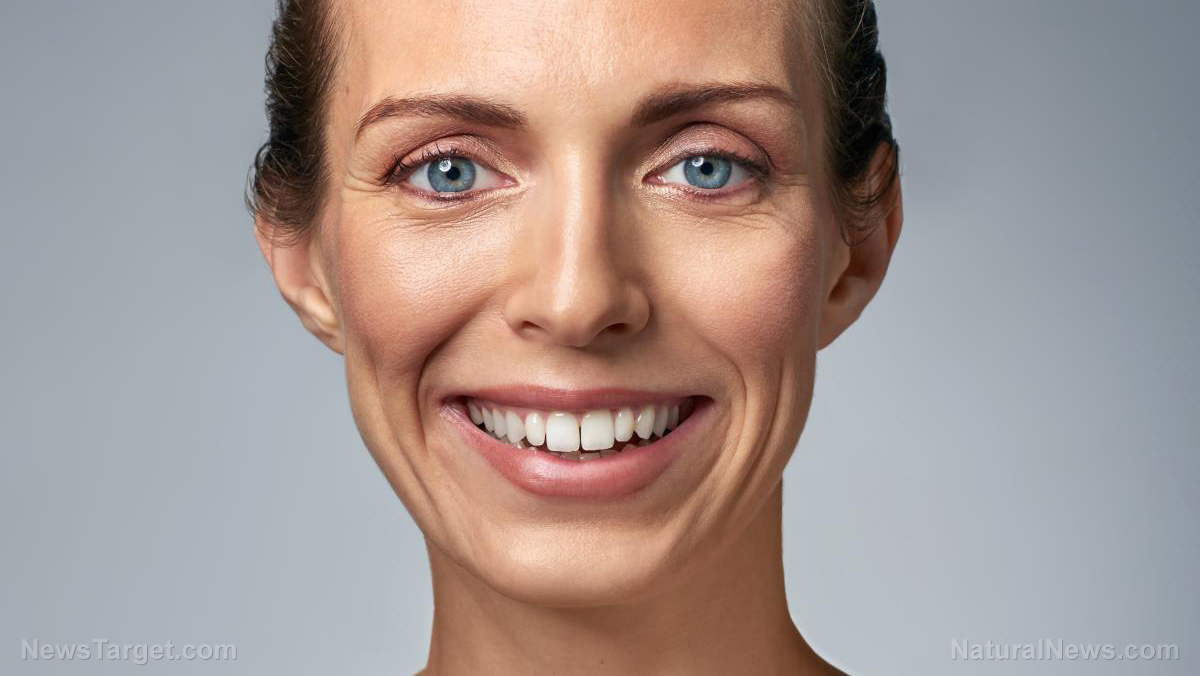
This eye wrinkle is called the Duchenne marker. It often appears whenever a person is expressing certain facial expressions associated with strong emotions, such as smiles, grimaces caused by pain and/or sadness. Western University (WU) researchers conducted a study on the human brain's perception of this facial marker using visual rivalry method.
Visual rivalry projects different images in each eye of a participant. The brain switches back and forth between the images, but it will eventually settle on the one that it perceives to be more important more often than not.
Participants of the WU experiment were shown photos of different facial expressions. Some of the expressions displayed the Duchenne marker, while others did not. Each participant selected the image that they believed to be more emotionally sincere. (Related: “Flash bulb” memory breakthrough may help those with traumatic or suppressed memories.)
People believe eye wrinkles are a show of emotional sincerity
WU researcher Dr. Julio Martinez-Trujillo acted as the principal investigator for the study. He explained that visual rivalry provides a glimpse into the unconscious. The method allowed researchers like himself to discern what the human brain automatically perceives to be more relevant.
"The expressions involving the Duchenne marker were always dominant. So if the emotion is more intense, your brain actually prefers to bring it into perceptual awareness for longer time," stated Martinez-Trujillo.
In the experiment, he and his fellow researchers requested the participants to grade the expressions according to the apparent intensity and sincerity. They reported that the participants considered the sad expressions and smiles with Duchenne markers to be more genuine and profound than the ones which lacked such markers.
Based on these findings, first author and WU researcher Nour Malek said that there is apparently a universal language when it comes to interpreting emotions. Facial actions could play just one role in many different facial expressions.
This pattern seems to hold very true if the facial action happens to affect interactions with other people, Malek elaborated. If a stranger gives you a smile that appears to be sincere, you are more likely to consider that person to be trustworthy. But if you consider the smile to be faked, you might be deciding between fight or flight reactions.
The Duchenne marker is a vital part of the language of facial expression
For the experiment, Malek, Martinez-Trujillo, and other WU researchers worked alongside their counterparts from the University of Miami (UM). They believe the results of their experiment will help answer a common question regarding facial expressions: Why do they often involve certain facial actions?
UM professor Daniel Messinger, one of the researchers involved in the study, pointed out the long-standing scientific interest in the existence of a language of facial expression. Constriction of the eyes is apparently an important part of this theoretical language.
"When you have social interactions you need to perceive whether a person is sincere or not," remarked Martinez-Trujillo. "So my interest now is, what will be the results if we do this same test with people with autism spectrum disorder. They often have trouble reading out emotions from other people, so we wonder if that might have to do with their ability to read this marker for sincerity."
Discover more articles on human emotions and perception at Scientific.news.
Sources included:
Please contact us for more information.

















